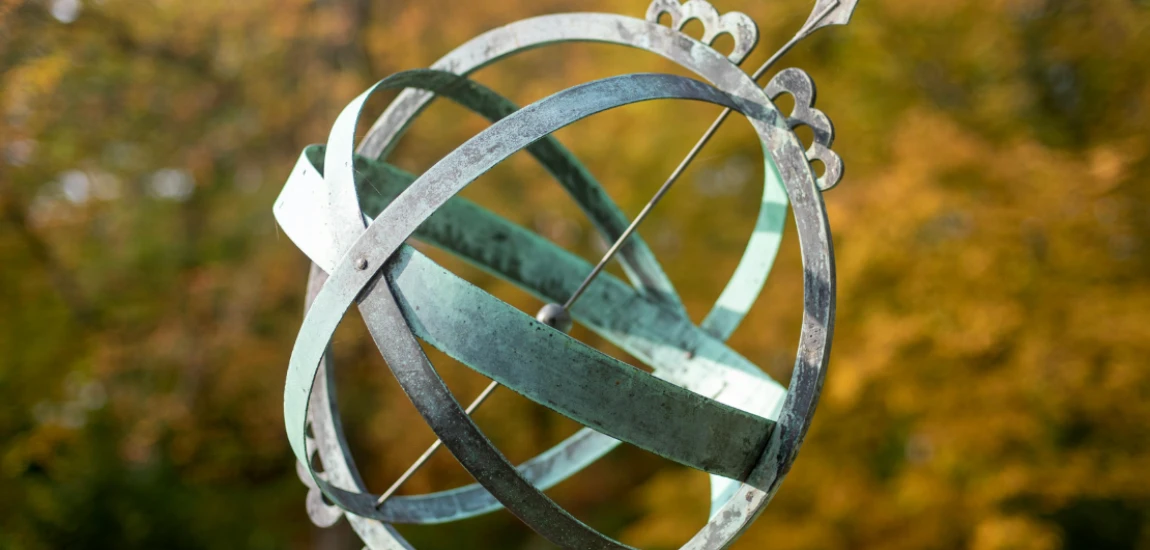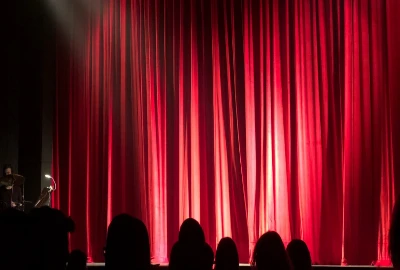Places Where the Shadows Are the Main Attraction

When people plan trips, they often focus on what they can see in the daylight — the grand buildings, the lush landscapes, the vibrant street markets. But some places tell their most compelling stories when the light fades or shifts. In certain corners of the world, shadows aren’t an afterthought; they are the headliners, the true spectacle.
These are the places where the shadows are the main attraction — where architectural design, natural wonders, and artistic ingenuity play with light to create ephemeral, moving performances. From ancient sundials that track time through moving shadows to moonlit ruins where centuries-old stones glow silver against the night, these locations invite you to see travel in an entirely new light… or rather, an entirely new shadow.
Ancient Sundials That Turn Time into Art
Long before wristwatches and smartphones, sundials were the world’s timekeepers — not with numbers on a glowing screen, but with shadows cast on carved stone or etched bronze. While many see them as quaint relics, some sundials are so monumental and intricately designed that they are destinations in their own right.
One standout is the Jantar Mantar in Jaipur, India. Built in the early 18th century by Maharaja Sawai Jai Singh II, this UNESCO World Heritage site is home to the world’s largest stone sundial, the Samrat Yantra. Standing at over 27 meters high, it tells the time to an accuracy of about two seconds — all through the precise movement of its shadow. As you watch the sunlight creep across its massive face, you feel connected to a rhythm older than modern technology itself.
In Rome, the Horologium of Augustus — though partially reconstructed — still tells the story of an ancient empire’s fascination with astronomy. The obelisk’s shadow once stretched across a vast plaza, marking the passing days and even the seasons.
Travel Tip: Visit early or late in the day when the sun is lower, and the sundial’s shadow is more dramatic. Bring a notebook to jot down the exact time according to the dial — you might be surprised at how accurate (or poetic) it feels.

Moonlit Ruins That Come Alive After Dark
Some ruins look haunting in daylight, but under moonlight, they transform entirely. The pale glow of the moon turns rough stone into silver silhouettes, and the interplay of light and shadow makes familiar ruins feel like ghostly remnants of another world.
Consider Chichen Itza in Mexico during the equinox. At sunset, the pyramid of El Castillo displays an astonishing shadow effect: a serpent-like shape slithers down the staircase as the sun’s angle changes, symbolizing the feathered serpent god, Kukulcán. While this is a solar phenomenon, the lingering twilight and deepening shadows after the event are equally mesmerizing, as the pyramid’s geometry plays with the fading light.
In Greece, the Temple of Poseidon at Cape Sounion offers a breathtaking night experience. The moonlight on the marble columns, combined with the dark Aegean Sea below, creates a scene so cinematic it feels staged. Ancient Athenians probably saw this same moonlit silhouette thousands of years ago — and that thought alone can send shivers down your spine.
Travel Tip: Check the lunar calendar before you go. Full moons give the brightest, most dramatic shadows, but a crescent moon can add an extra sense of mystery.

Artworks Designed for a Specific Light
Some contemporary artists and architects design pieces meant to be appreciated only at certain times of the day — when the shadows complete the picture. These aren’t happy accidents but deliberate, intricate designs where light is as important as stone or steel.
Take Shigeo Fukuda’s shadow sculptures — in daylight, they appear to be random assemblages of metal or wood. But when illuminated from a specific angle, their shadows reveal perfectly formed images, from a pianist at a grand piano to a recognizable human profile.
In the UAE, the "Shadow of a Man" sculpture by Fabrizio Corneli plays with sunlight to project human forms on nearby walls, visible only in the afternoon. Similarly, in Italy, artist Fred Eerdekens uses twisted wires that, when lit just right, cast shadows spelling out words and phrases.
Travel Tip: Ask locals or check the venue’s official guides for the optimal time of day to see these works. The magic often lasts only minutes.

Natural Landscapes with Seasonal Shadow Phenomena
Nature itself can be a shadow artist. Certain mountains, rock formations, and cliffs create shadow spectacles that occur only at specific times of the year.
In Arizona’s Monument Valley, the “Shadow of the Mittens” occurs for just a few days every spring and fall when the shadow of one rock formation perfectly overlays another at sunset. It’s a brief but unforgettable moment — and a photographer’s dream.
In the Swiss Alps, a mountain called Churfirsten casts a long, finger-like shadow over Lake Walensee during the equinox, creating a surreal, almost mythic scene.
Even glaciers participate in the act — in places like Iceland, sunlight through cracks in the ice can cast intricate blue-and-white shadow patterns on cavern walls, making them feel like frozen cathedrals.
Travel Tip: Because these events are seasonal, timing your trip is everything. Research “shadow events” at your destination in advance, and bring a tripod for capturing low-light images.

Sacred Sites Where Shadows Hold Spiritual Meaning
Many sacred sites incorporate shadows into their rituals or architectural symbolism. In ancient cultures, the position of the sun and the resulting shadows often aligned with religious festivals, agricultural seasons, or mythological events.
The Great Mosque of Córdoba in Spain features rows of arches that create repeating shadow patterns across its prayer hall, a mesmerizing interplay that changes throughout the day, making the space feel alive and breathing.
At Machu Picchu, the Temple of the Sun casts precise shadows during solstices, marking the Inca calendar. The light-and-shadow relationship wasn’t just decorative — it was deeply spiritual, connecting earthly existence to celestial cycles.
In Egypt, the Abu Simbel temples are designed so that twice a year, the rising sun illuminates the statues deep inside the sanctuary, leaving only the god of the underworld in shadow. This precision is a testament to the ancient Egyptians’ astronomical mastery.
Travel Tip: These moments often draw crowds, so arrive early to secure a good viewing spot — and respect the cultural and spiritual significance of the event.

Practical Tips for Shadow-Spotting Travelers
Check the Light: Use apps like Sun Surveyor or The Photographer’s Ephemeris to predict light angles and shadow lengths for your location.
Arrive Early: Shadow phenomena often last only minutes — give yourself time to find the perfect vantage point.
Use a Polarizing Filter: This helps balance exposure between light and dark areas in your photos.
Stay Flexible: Weather changes light dramatically. Cloudy days can obscure some events, but they might create unexpected, equally magical shadows elsewhere.
Respect the Space: Many shadow attractions are part of sacred or historical sites — be mindful of local customs and preservation rules.




